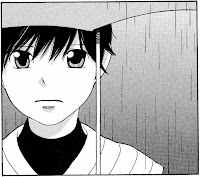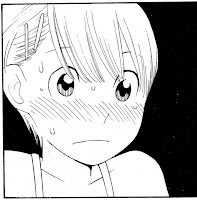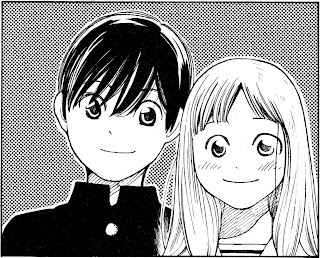I managed to do a little better in November and not go too crazy with my manga acquisitions, but I still have some work to do. There were a few impulse buys of out-of-print or soon to go out-of-print manga (Tough, Here Is Greenwood, and Eyeshield 21), but most everything else was preordered or on super sale. Kate Dacey of The Manga Critic, which has now been retired, sent a bunch of review copies my way as well a stash of manga and manhwa for giveaways. (Thanks, Kate!) So what was particularly notable in November? The new Nausicaä of the Valley of the Wind box set from Viz Media is gorgeous. The first print run sold out within a week, so I’m really glad that I preordered my copy. The first omnibus of Mari Yamazaki’s Thermae Romae was also released. It, too, received a deluxe treatment and looks fantastic. I was also happy to see the first film of the new Berserk anime adaptation released. I haven’t had the chance to watch it yet, but I plan to very soon. Lots of other great anime were re-released in November, too.
Manga!
Bond of Dreams, Bond of Love, Volume 2 by Yaya Sakuragi
Bunny Drop, Volume 7 by Yumi Unita
Eyeshield 21, Volumes 1-14 written by Riichiro Inagaki, illustrated by Yusuke Murata
Flowers by Usamaru Furuya
Here Is Greenwood, Volumes 1-9 by Yukie Nasu
Hero Heel, Volumes 2-3 by Makoto Tateno
Hero Tales, Volume 5 by Hiromu Arakawa
Jiu Jiu, Volume 2 by Touya Tobina
Limit, Volume 2 by Keiko Suenobu
Nausicaä of the Valley of the Wind by Hayao Miyazaki
Mr. Flower Groom by Lily Hoshino
Real, Volume 11 by Takehiko Inoue
Reiko the Zombie Shop, Volumes 1-6 by Rei Mikamoto
Thermae Romae, Omnibus 1 by Mari Yamazaki
Tough, Volumes 1-6 by Tetsuya Saruwatari
Umineko: When They Cry, Episode 1: Legend of the Golden Witch, Volume 1 written by Ryukishi07, illustrated by Kei Natsumi
Worst, Volumes 1-3 by Hiroshi Takahashi
X, Omnibus 4 by CLAMP
Manhwa!
Aron’s Absurd Armada, Omnibus 1 by Misun Kim
The Devil’s Trill by Sooyeon Won
Comics!
The Book of Five Rings adapted by Sean Michael Wilson, illustrated by Chie Kutsuwada
The Infernal Devices, Volume 1: Clockwork Angel adapted by HyeKyung Baek
Novels!
Edge by Kōji Suzuki
Nonfiction!
The Monkey King: 72 Transformations of the Mythical Hero edited by Vincent Zhao
Professor Risley and the Imperial Japanese Troupe by Frederik L. Schodt
Anime!
Berserk: The Golden Age, Arc I: The Egg of the King directed by Toshiyuki Kubooka
Black Lagoon directed by Sunao Katabuchi
Ninja Scroll directed by Yoshiaki Kawajiri
Serial Experiments Lain directed by Ryūtarō Nakamura















